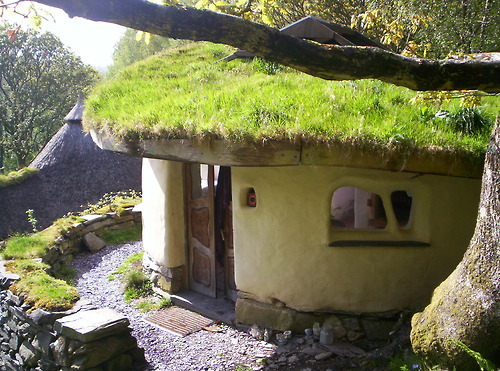
A cob home will have a very distinct and unique quality to it that you will not find among conventional homes. Living in a cob house is more than just abiding in a shelter. It includes a unique experience that is both uplifting and healthy.
Here are some concepts and advantages of cob homes to consider:
Cob Home Concepts
Small
Cob homes are known to be small and size efficient. There are many reasons that they are built to “tiny home” standards. Most builders and residents of cob homes understand and appreciate keeping things simple and down to earth. You won’t find cob homes built to mimic the McMansions of conventional, mainstream planning.
Cob homes are also labor intensive to construct and they are often times built by the owners. It is usually more intelligent and efficient to only build to the size of your everyday needs.
Local
Building with cob falls under the umbrella of “Natural Building.” Hence, the need for natural resources which can typically be found in your local area. A cob house can be built from the earth right beneath the building site, and whatever natural resources (sand, gravel, stones, timber, etc) not available on site can usually be sourced locally.
Artistic
People are drawn to cob homes in large part due to their beauty and creative designs. Builders are not limited to ninety degree angles and they can sculpt and mold cob to whatever shape they desire. There is so much room for creativity and flexibility of design when it comes to building with cob. You can freely use your imagination. A cob home could be considered a place of shelter but could also be considered artwork.
Natural
The main ingredients for making cob are: clay, sand, and straw. All “natural” resources. A cob house is not mainly composed of synthetic materials, but is instead built out of natural materials found in nature.
Social
Building a cob home can involve your community and friends to come together in the construction. You do not have to be an expert to help in the building process either. Even children can help build in many instances. Building with cob can be a good social activity and is good for strengthening a community.
High Standards
A house made out of cob is actually a high standard home. Many uninformed people would label a house made out of materials such as mud as a poor living environment like something that would be found in a third-world country. However, this is just not the case. On the contrary, a standard conventionally built home could easily be considered low standard if you think about all of their negative health effects they can have upon their inhabitants.
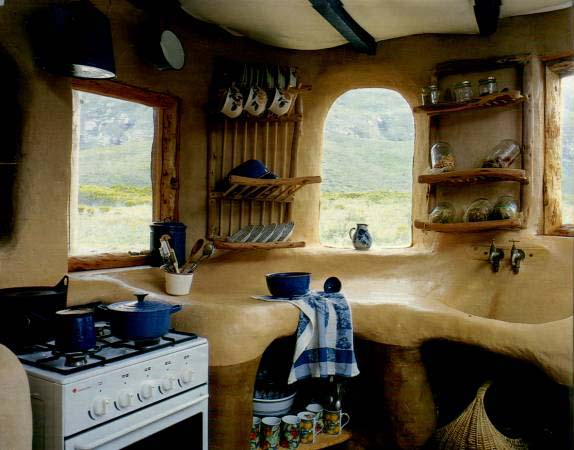
Cob Home Advantages
Energy Efficient
With a cob house, you will not have to heat your home with nuclear electricity, Persian Gulf oil, or strip mining in Wyoming!
Cob is a “thermal mass” that absorbs sunlight and warms the building over the course of the day. This is called passive solar heating, and it will keep the inside of the building warm in the winter and cool in the summer.
Inexpensive (Mortgage & Debt Free)
The primary materials for cob are: clay, sand, and straw. These are very easily accessible and cheap resources to acquire. Other parts like windows and doors can also be salvaged or purchased as used from restoration depots or dumps.
People have built high quality cob homes for as little as a few thousand dollars. It all really depends on what you want your home to be like. You should never have to take out a loan or go into any kind of debt to construct a nice cob house. If you want to live mortgage and debt free then a cob home is a very good option to consider.
Owner Built
Cob houses can usually be built by the owner. You don’t need a degree in architecture or to be a structural engineer to build a cob home. Many people build their own homes after taking a one week long cob building workshop.
It is very rewarding to be able to build your home with your own two hands.
Healthy
Unlike conventional homes which are constructed with synthetic, industrial-formed materials, cob homes are built almost entirely out of natural, clean materials.
Industrial homes are full of indoor air pollutants and off-gassing of chemicals contained in the building materials. Cob homes do not have this problem. In fact, cob actually “breathes” through its tiny pores and keeps air fresh and clear. If you suffer from indoor allergies then living in a cob house could significantly improve your quality of life by eliminating the toxins that may cause them.
Strong
The straw, which is part of the cob mix, acts like a natural re-bar to hold the whole structure together as one monolithic piece. This makes cob homes extremely solid and resistant to earthquakes. Many cob homes have lasted for hundreds of years with minimal upkeep, whereas wooden structures generally survive only a few generations.
Build a cob home for your family and it will last for many many generations to come.
Acoustic Privacy
Earthen walls have very good sound-absorbing properties that keep it quiet inside, both from exterior noises and noise generated in the same building.
Termite Proof
Since cob is a mixture of soil, aggregate sand, and straw it is not attractive to termites. To add to that, cob homes have not been known to become burrowing grounds for insects or animals either.
Fire Proof
Cob does not catch fire. However, still be aware of your ceiling or roof as it might not be flame resistant like the body of the cob home.
To learn more about the Advantages and Characteristics of cob, click the button below to download my 4 page PDF expansion to this article.
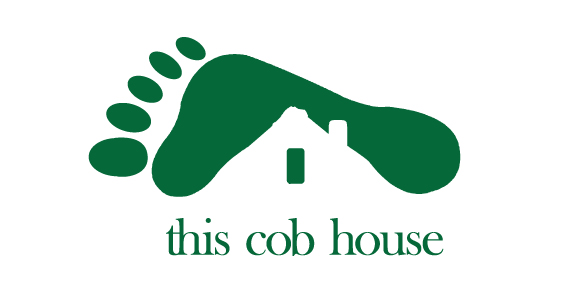
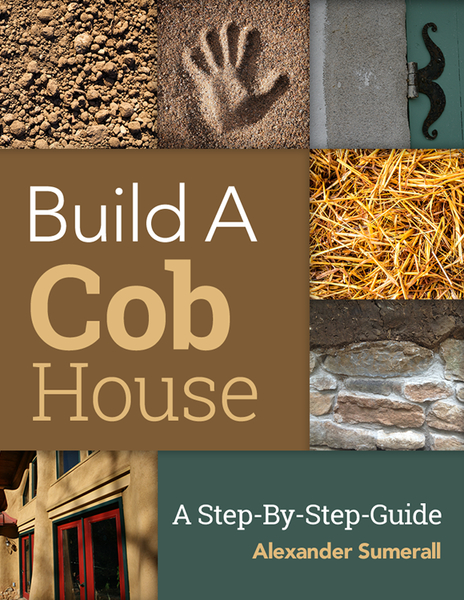

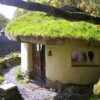

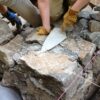
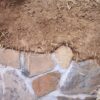
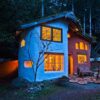
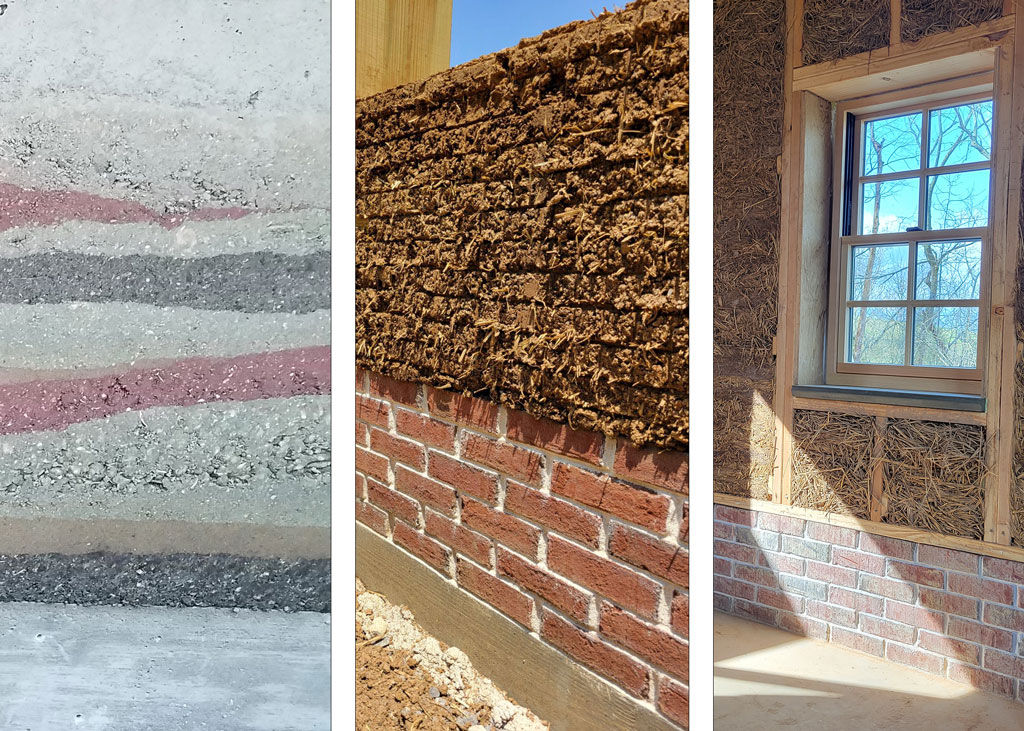
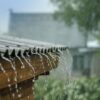


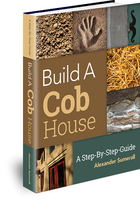
Hello, my name is eduard pascu and I live in Romania. There are here some old houses made by cob but actual legislation does not permit any more such kind of wall, except in the countryside. Any way, I want to build my house with cob. I’d like to ask you if you know some scientific properties of cob regarding brick or other availabale construction materials (heat transfer for example).
Also, if the cob wall have to be so thick, don’t you need too much heat to warm the wall? Wouldn’t you feel it could until it get warm?
Thank you,
Eduard Pascu.
The technical terminology for it is thermal-mass. You are correct, it will be cold to the touch and will hold temperatures for very long periods of time. The best way to handle this is to use it to your advantage. By having the exposed walls and glass facing the south, you use the sun’s heat to warm the house partially. It is also a good idea to use rocket-mass furnaces to heat the house. Rocket-mass heaters use 75% on average less wood than traditional wood-burning stoves and 90% of the smoke is eliminated. Once you get the cob up to temperature it acts as radiant heat. It maintains temperature for very long periods of time.
Hi i am Martin from Italy – dreaming to build my cobhouse next year…
A question: what do you mean when you say: “glassfacing the south? inside or outside?
Second question: salting to get it waterresistand? How to doo that?
(Sorry my ” English – i am Germainspeaking and Italianspeaking”
3rd question: do you know a homepage where i really can learn to build my cob-rocket-oven?
Thanks a lot for your help!
Martin -olive-farmer in Italy
Hi,
I have a friend who has land where I could put one and its mostly on clay. Water is an issue, how water resistant are they? I know they can be sealed but how about Idaho? He claims he helped friends build one in the 90s and had problems a year or so later due to water, rain and runoff.
This seems like the solution for me, economically, financially, spiritually and emotionally..not to mention physically.
I would like to ask if you know of anyone who would be willing to help me in this project. My situation is that I have only one leg and live on disability. I am very determined, however, and really feel that this is the answer I have been praying for.
I know with Gods help I will be able to realize my dreams. I am really impressed with how everyone in the vids come together to help one another. Any ideas for me would be wonderful.
Like I said I have a friend who will let me build on his property.
Thank you.
Heidi
Heidi
I also live in Idaho (Grangeville) and am actively researching cob construction. My pastor at church is going to attend a Cob course this summer in Oregon and I think he and I would certainly be willing to assist you with your home building. Shoot me an email and I’ll get in touch with you.
david.wright.idaho@gmail.com
That’s awesome 🙂
Hi
I have watced a few video’s of cob houses and the how to’s, I have seen in some of those video’s that there are electrical appliences and lights and I have wondered how do you install electricity into a cob house, and when do you install electricity into a cob house?
Greetings
Catharine
The easy way is to use pre-wired greenlea conduit and just place it in the walls as they are built. You can also set your boxes including the main breaker box and outside meter loop box, conduit them together and wire them up so the inspection will go well. Greenlea conduit is flexable so it
Thank you, I have done more research on building cob houses, and I have came across an youtube video were a woman use straw bale walls and just tucked the electrical wires in to the straw bales.
But again thanks
Im a single mother of two that grew up in the countryside of Texas. I now work as a nurse in the city and have been raising my children by city life standards. I sturggle finacially and owning my own home always seemed like the un-obtainable dream. I developed a fascination with tiny homes but even these seemed out of my price range. This led me to cob houses and it just naturally fit my expectations. This year I have decided that it would be in the best intrest of my children if I simplified our lifestyle to more closly resemble that of my childhood. Ofcourse I wasnt raised in a cob home but I sure would love to raise my little family in one. Im looking into purchasing some land this year but Texas has a very unique landscape. One minute your driving through gravel and rocks scattered trees few and far between, the next minute your driving through rich soil, grass abundance of trees and plantlife and the next thing you know it your in sand, caliche rock with cactus and plants with thorns everywhere. Since Im not sure where my property will be yet..What landscape would be ideal to build on?
My husband and I live on a disability income. We would like to move to WV to be near my children and can only afford do this if we build with what the land has to offer. I have always been in love with cob and am wondering if a cob home has been built in WV? Is the climate adequate for cob?
As long as you put a good roof over Cob and apply a waterproof lime plaster or the equivalent, Cob is suitable for a rain forest.
Enjoy ! 🙂
I want to build a cob house on a small piece of land I have in rural Troy, Alabama. I am really new to cob homes, but my life and lifestyle is changing and a cob building fits into the direction I am transitioning toward. There is sand and red clay dirt o the land ,and a fresh water well already exists. I really want to use wind and solar power . I also plan to collect rain water and try to stay off grid as much as possible. I need help with the design of the house and planning the project. Is there ANYONE who can help with this project out there???
tthinkbiz@gmail.com
http://www.cultureartist.org/Natural_Building/building_codes.htm
This guy lives in SC and says you are in luck…Alabama is one of the few states left that doesn’t have statewide building codes…yet. Building inspectors who don’t understand cob seem to be your biggest nemesis in cob building. Also, he gives a link to architects who are green who could help you plan.
Has anyone had any experience building a cob home in Utah? Especially in regards to dealing with state inspections?
We are wanting to move to Florida and are very interested in having a cob house built. What might be the obstacles to building a cob house in Florida and are there builders who build these homes in Florida? Thanks!
Cob size is only limited by the imagination. Just go watch this video of the home that master cob builder in the UK, Kevin McCabe is building. Kevin is not building a 10,000 sf home because he needs it. In fact, he even mentions in the video that it is not the reason he’s building it. He’s building it to prove to others that it can be done.
Oh, and sure, if you want a tiny house, or a shoebox to live it, you can do it with cob and make it mighty cozy. However, for me and my family, we require a larger house. So, my home is probably going to be around 2,000 to 2,500 sf to accommodate my family. And no, I’m not an obnoxious breeder. I adopted my children.
https://www.youtube.com/watch?v=KjxSiGwghoU
I was wondering if anyone has built one in Indiana? I am looking into hopefully building one in the next couple years and was interested in seeing how it help up in our weather?
We are buying property in IN and researching cob house building also. Did you get any responses and have you found any information?
In my country, Brazil, there is a type of houses called ‘Taipa’, mainly located at the Brazilian Northeast, which consist of a mixture of mud and gravel. According to health agencies, these house pose a threat to residents’ health due to the proliferation, through time, of insects, principally Chagas disease, caused by an insect. I wonder if cob house would have the same problem after some times, inviting insects. Thanks.
I have a glaring question that I cant seem to find the answer to. What about maintenance? I mean what do you have to do to keep the house in good condition? What about cleaning products? What about the kitchen area? What about the bathroom area? I want to make sure in the long term this is the right choice for me and I can not know that without knowing if the rest of my life in this home will be fixing stuff and using expensive products or relaxing in a calm and natural environment with little to no maintenance.
also how do you make sure the bathroom is going to maintain its integrity?
I do plan on mixing Rammed Earth construction with the cob but that is for interior walls and perhaps floors.